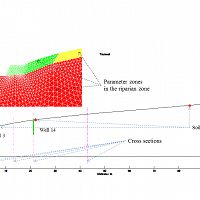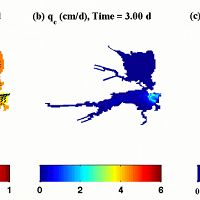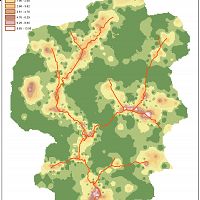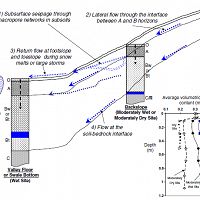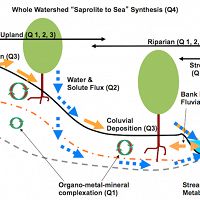MODELS
Modelling News

FEATURED
CZ colleagues: Please contact us about proposals for NSF’s CZ Collaborative Network, due 02 Dec 2019
08 Jul 2019 - CZO will end Nov 2020, succeeded by the “CZ Collaborative Network”. Let’s explore how the CZ community can build upon the CZOs via new NSF proposals.
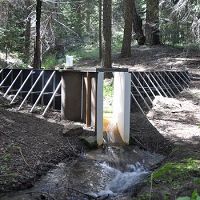
Water Resources Research Special Collection: Concentration-discharge relations in the critical zone
30 Oct 2017 - Water Resources Research published a new special collection in September 2017 featuring concentration-discharge research from multiple CZOs.
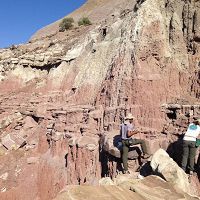
EOS: Taking the Pulse of the Earth’s Surface Systems
04 Dec 2015 - Taking the Pulse of the Earth's Surface Systems In September of 2014, Laurel Larsen (UC Berkley), Elizabeth Hajek (Penn State), and others...
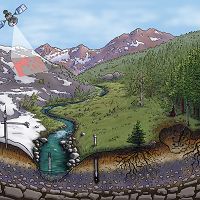
Using a CZO network to explore the architecture, dynamics and evolution of the Critical Zone
03 Nov 2014 - The US CZO National Office has organized a webinar on December 8, 2014 at 11AM - 12:30 PM ET.
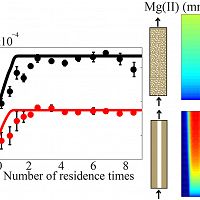
Reactive Transport Modeling Survey – Community Needs for Biogeochemical Studies
08 Apr 2014 - Reactive Transport Modeling Survey – Community Needs for Biogeochemical Studies The below survey is designed by Alexis Navarre-Sitchler, Kate...
FEMDOC_2D
Two-dimensional finite element model for hillslope DOC
Physically based model of water, heat, refractory DOC and biodegradable DOC transport on a 2D (vertical cross section) hillslope
Fluid exchange model
Dynamic response of surface water-groundwater exchange to currents, tides, and waves in an estuary
Changes in fluid flux across the sediment-water interface in a shallow estuary due to changes in currents, waves, and tides
IDOCM_1D
Integrated one dimensional physically-based dissolved organic carbon model
A one-dimensional transport model for heat, and biodegradeable and refractory dissolved organic carbon in soils
PIHM
Penn State Integrated Hydrologic Model
Multiprocess, multi-scale hydrologic model.
PIHM_DOC
Penn State Integrated Hydrological Model for Dissolved Organic Carbon
PIHM is a physically based, fully distributed hydrological model
Preferential Flow
Hydrologic Flowpaths and Hydropedology
Vertical and lateral flowpaths provide a "short-circuit" for water flux in the shallow subsurface.
Saprolite to Sea
Whole Watershed “Saprolite to Sea” Synthesis
Watershed Integration of Erosion-Driven Carbon Sequestration
Explore Further
